Genus Artemisia Higher classification Mugworts | Scientific name Artemisia ludoviciana Rank Species | |
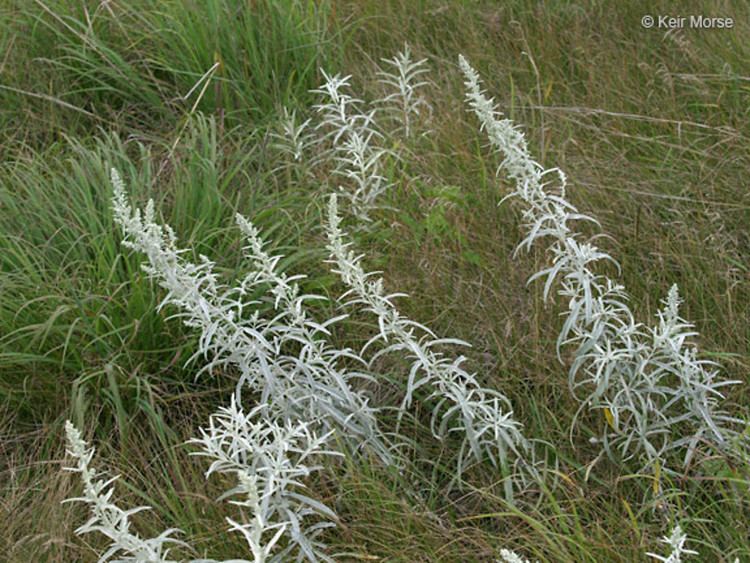 | ||
Similar Mugworts, Artemisia frigida, Artemisia schmidtiana, Daisy family, Artemisia stelleriana | ||
Artemisia ludoviciana is a North American species in the daisy family, known by several common names, including silver wormwood, western mugwort, Louisiana wormwood, white sagebrush, and gray sagewort.
Contents

Ludoviciana is the Latinized version of the word Louisiana.
Distribution
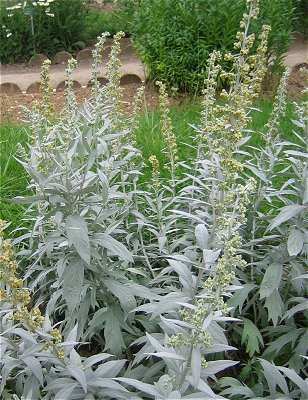
The plant is native to North America where it is widespread across most of the United States, Canada, and Mexico. Some botanists suggest that eastern United States populations have been introduced from the western and central part of the continent.
Description
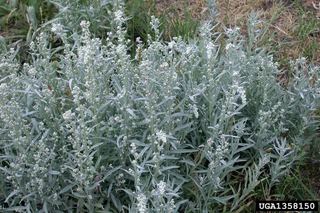
Artemisia ludoviciana is a rhizomatous perennial plant growing to heights between 0.33–1 metre (1.1–3.3 ft). The stems bear linear leaves up to 11 centimeters long. The stems and foliage are covered in woolly gray or white hairs.
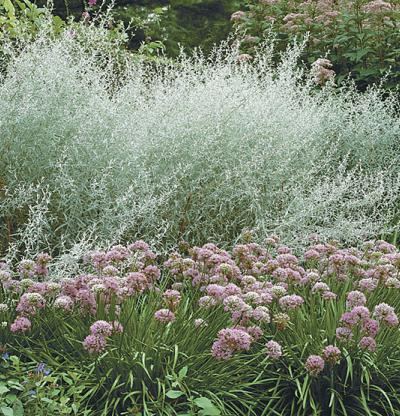
The top of the stem is occupied by a narrow inflorescence of many nodding (hanging)flower heads. Each small head is a cup of hairy phyllaries surrounding a center of yellowish disc florets and is about half a centimeter wide.
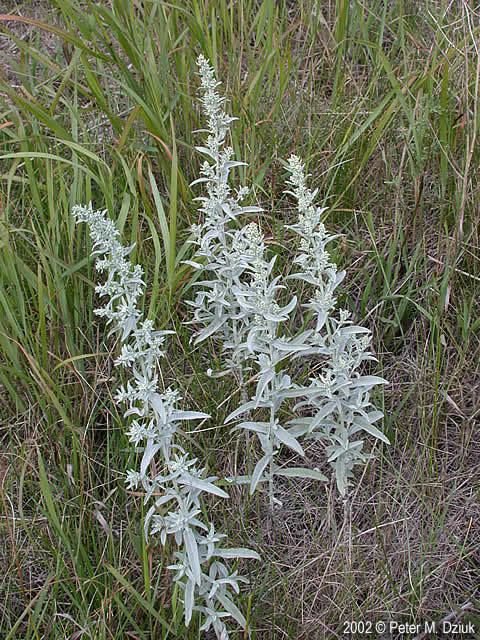
The fruit is a minute achene. This plant is used by many Native American groups for a variety of medicinal, veterinary, and ceremonial purposes.
Subspecies
Subspecies include:
Native Americans
Native Americans use the species as a medicinal plant, a source of fiber for crafting household items, and for ceremonial purposes. The Dakotas used this plant protects against maleficent powers.
Cultivation
Artemisia ludoviciana is cultivated as an ornamental plant. Being rhizomatous, it can spread aggressively in some climates and gardens.
The most commonly grown cultivars are 'Valerie Finnis' and 'Silver Queen.' Both are hardy to USDA zone 4. 'Valerie Finnis' gained the Royal Horticultural Society's Award of Garden Merit in 1993.
